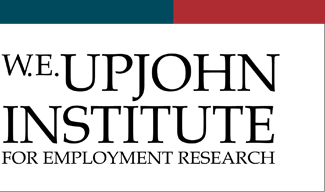The Effects of Welfare Time Limits on Access to Financial Resources: Evidence from the 2010s
Upjohn Author ORCID Identifier
Publication Date
4-2022
Source
Southern Economic Journal 88(4): 1343-1372
DOI
10.1002/soej.12565
Publisher
Wiley
Subject Areas
UNEMPLOYMENT, DISABILITY, and INCOME SUPPORT PROGRAMS; Poverty and income support; Income support programs
Citation
Pepin, Gabrielle. 2022. "The Effects of Welfare Time Limits on Access to Financial Resources: Evidence from the 2010s." Southern Economic Journal 88(4): 1343-1372. https://doi.org/10.1002/soej.12565

